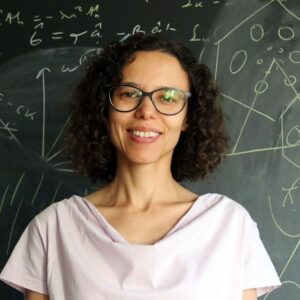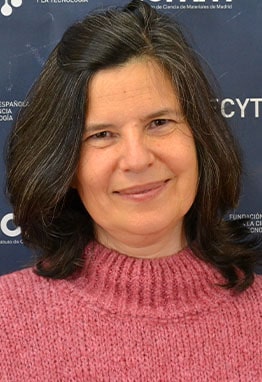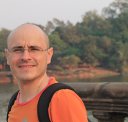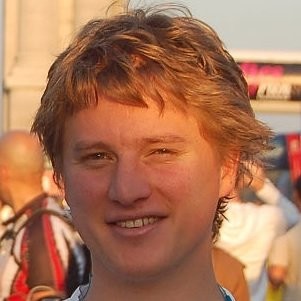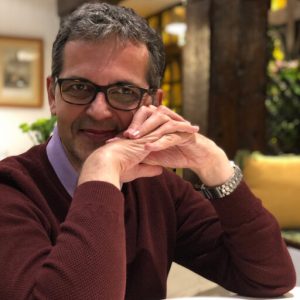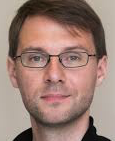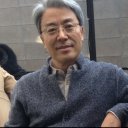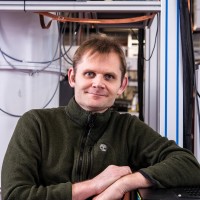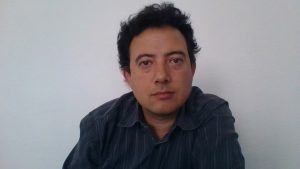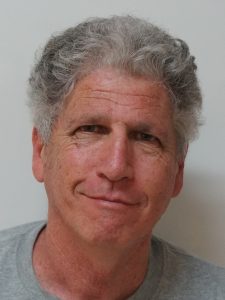Paloma A. Huidobro
Departamento de Física Teórica de la Materia Condensada and Condensed Matter Physics Center (IFIMAC), Universidad Autónoma de Madrid
Light and photons in time varying media
When: 12:00-13:00 CET, March 21st (Thursday), 2024
Where: Salon de Actos, ICMM-CSIC, Campus de Cantoblanco, Madrid
In this talk I will first introduce the basic concepts of wave interactions in time varying media. I will discuss how temporal modulations of the optical parameters offer new pathways in light control, as energy is not necessarily conserved in these time-dependent systems, and non-reciprocal effects can be realized [1]. I will concentrate on a class of space-time modulations where parameters are modulated in a travelling-wave form, such that there is an apparent motion of the optical properties, and discuss light propagation in these systems: from non-reciprocal effects even in the quasistatic limit, to synthetic motion and the link to the Fresnel drag effect of light in moving media, through an unconventional linear gain mechanism.
Next, I will discuss photon pair creation and squeezing in a photonic time crystal, the temporal counterpart of a conventional photonic crystal. I will show how modulating the refractive index in time causes dynamical Casimir processes, in which pairs of photons can be created. However, when there are multiple time interfaces, these photon pair creation phenomena depend dramatically on the photon’s wavelength, as well as on the contrast between the refractive indices, the duration of each temporal period and the number of periods that form the photonic time crystal [2].
References:
[1] Galiffi, E., Tirole, R., Yin, S., Lia, H., Vezzoli, S., Huidobro, P.A., Silveirinha, M.G., Sapienza, R., Alu, A., and Pendry, J.B. “Photonics of time varying media” Advanced Photonics, 4(1), 014002 (2022)
[2] Echave, J., García-Vidal, F.J., & Huidobro, P.A., “Photon squeezing in time varying media”, to be submitted (2024)
